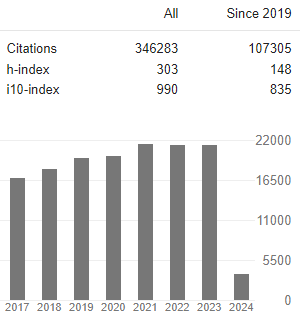Optimizing Well Drilling Engineer's Workflow: A Geomechanics Approach
Abstract
Stanislav Nikulin
The results of applying drilling engineering tools in planned deviated and horizontal wells of oil and gas condensate fields have been examined. The basis for the implementation of a comprehensive approach was the information obtained from drilling horizontal wells in the West and East Siberia, Volga-Ural region, and Iraqi Kurdistan. A synthetic model is considered as an example of the data, incorporating geomechanical and geological properties. As a result of the conducted audit of the geomechanical model and drilling process, the methodologies used were further developed to obtain optimal drilling fluid densities, aiming to prevent cavity formation on well walls, hydraulic fractures, and other related issues. The implementation of the Python programming language was introduced in the stages of geomechanical model preparation, resulting in a time acceleration of up to 20%. During the pre-drilling stage, technological operations were synchronized with the geomechanical model, increasing the involvement of process participants through the synchronization of knowledge areas. The interrelation between drilling technology, drilling parameters, properties of flushing fluids, and rock stability analysis was established, ensuring a 5% increase in construction speed (through NPT reduction and modification of existing tools and technological operations) and accident-free drilling of complex deviated and horizontal wells, provided that the recommended drilling parameters are followed.



